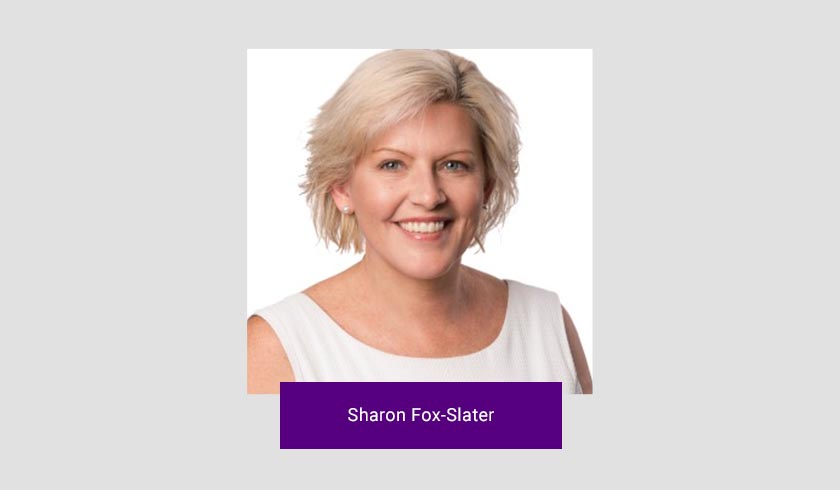What should property investors do to prepare for bushfire season?
Drought conditions, unseasonably warm weather, and below-average rainfall in parts of the nation have heightened the risk of bushfires this year. Let's take a look at how you can protect your property.

With much of southern Australia experiencing a combination of above-average temperatures and below-average rainfall over the past few months, large areas of the country face big threats from fire. According to Bushfire & Natural Hazards CRC’s Southern Australia Seasonal Bushfire Outlook 2018, the bushfire season is likely to start earlier and be more active than normal across New South Wales, the ACT, Victoria, Tasmania, South Australia and southern Western Australia and Queensland.
In northern Australia, BNHCRC’s Northern Australia Seasonal Bushfire Outlook 2018 notes that the bushfire outlook is mixed.
Although temperatures were high across the north, the mixed rainfall resulted in parts of northern Western Australia, northern Queensland and the Top End of the Northern Territory receiving above average rainfall, while other areas received below-average rain.
As a result, there is a heightened risk of bushfire in patches across northern Western Australia (Pilbara and Kimberley regions) and Queensland’s Far North (savanna country north of Normanton).
Already there have been devastating fires across New South Wales, in Queensland’s Far North region, near Darwin and in Western Australia’s Kimberley region.
Once a bushfire is approaching, it is too late for property owners to take out insurance or update their existing policies.
Before disaster strikes, check that the property and its contents are adequately covered. It might be prudent to also remind your tenants that their possessions are not covered by your landlord insurance in the event of a bushfire, so they need to take out renter’s contents insurance.
Ask yourself these questions about your insurance policy:
- Does the policy actually cover losses from bushfire?
- Are your most valuable assets adequately protected? Does the sum insured match the value of these assets? This goes for your tenants too.
- For building cover: Is the sum insured based on the current building replacement cost?
- Do you understand what coverage is provided, as well as any exclusions or limits that may be a part of the policy? For example, most policies do not provide cover for loss or damage where no flame damage has occurred, such as scorching, melting, heat, smoke, ash or soot.
- Do you understand what your obligations are in respect to the loss mitigation clauses in the policy? There may be aspects about this you need to discuss with your managing agent and/or tenants.
Bushfires are devastating – don’t risk compounding the misery by being un- or under-insured. Check your landlord insurance policy to ensure your sum insured is adequate and you understand what is and isn’t covered in the event of a bushfire.

